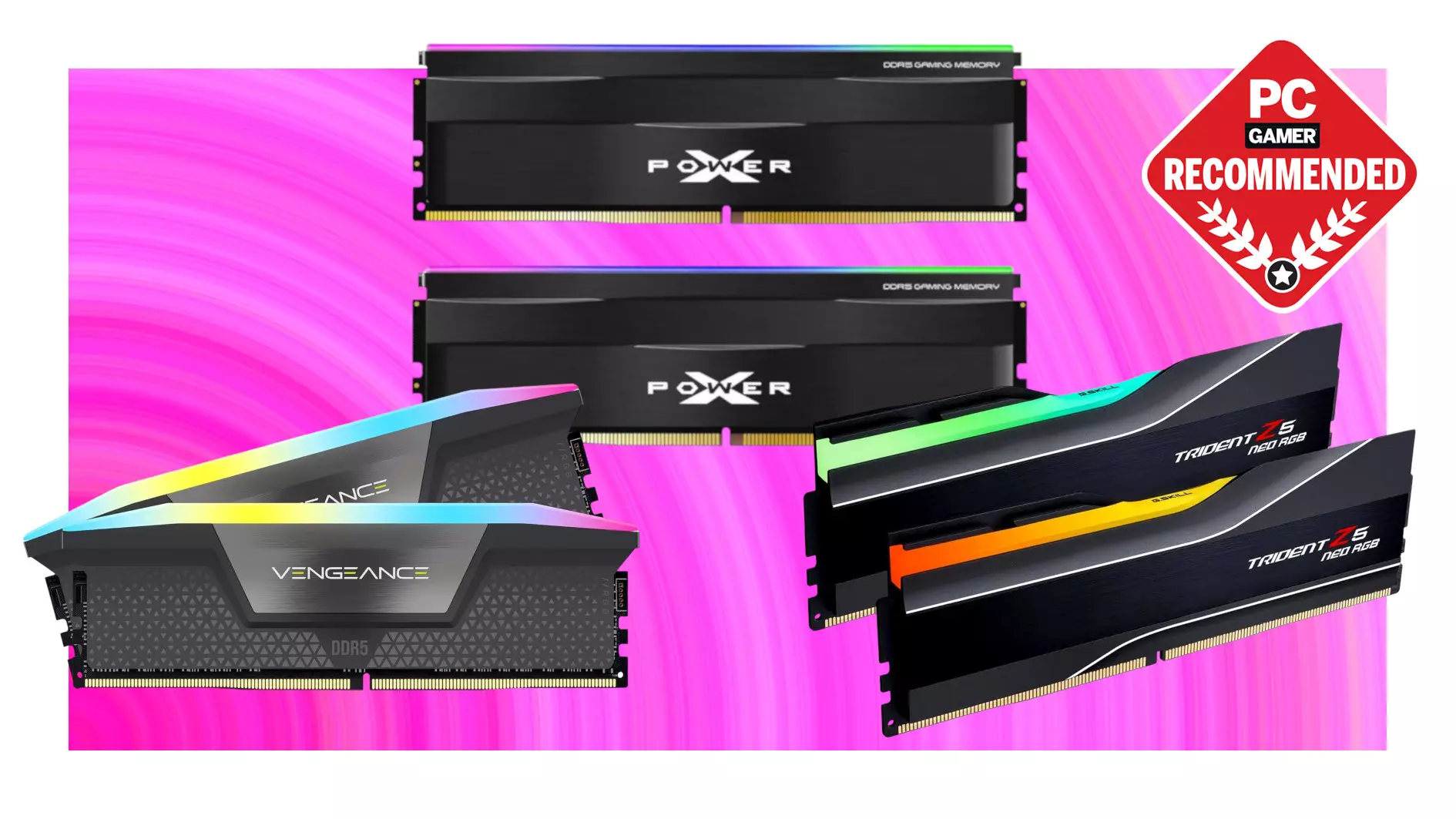In the realm of PC gaming, a common misconception persists: more RAM automatically translates into better performance. For most titles and typical gaming setups, 32 GB of RAM is more than sufficient to handle current demands. However, this blanket rule overlooks specific use cases and the evolving landscape of demanding applications. High-end simulations, professional content creation, and particularly, the upcoming Flight Simulator 2024, extend beyond typical parameters, making 64 GB of RAM not just advantageous but essential for an optimal experience. This realization challenges the traditional hesitance around affordability and compatibility, emphasizing that investing in higher capacity RAM isn’t just for bragging rights—it’s about future-proofing your gaming rig against increasingly complex software requirements.
Dispelling Myths About RAM Stability and Compatibility
One of the most persistent concerns surrounding large-capacity RAM is the perceived risk of stability issues and compatibility hurdles. Historically, adding multiple high-capacity sticks could introduce instability, primarily due to higher latencies and motherboard limitations. Yet, advancements in RAM technology and motherboard firmware have significantly mitigated these issues. Modern high-frequency DDR5 modules—especially in dual-stick configurations—offer reliable stability without the need for excessive tweaking. As long as you verify compatibility with your motherboard’s Qualified Vendor List (QVL), deploying 64 GB kits with 6,000 MT/s speeds can be a smooth process. The idea that more memory complicates stability is increasingly outdated; today’s hardware supports robust configurations that maximize capacity without sacrificing reliability.
Evaluating the Best 64 GB DDR5 RAM Kits for Gaming and Beyond
Amidst many options, three standout 64 GB DDR5 RAM kits exemplify the convergence of performance, price, and aesthetic appeal, all priced equally and with identical data transfer speeds. Each offers unique strengths—what differentiates them are their timings, which directly impact latency and overall responsiveness.
Silicon Power’s DDR5 Modules represent an intriguing choice for enthusiasts seeking maximum performance. With a low CAS latency of 30, these sticks are engineered for speed and responsiveness. Their performance potential makes them ideal for high-stakes gaming and intensive multitasking. However, their tight timings demand careful motherboard compatibility checks, preferably via vendor-approved QVL. Notably, Silicon Power’s reputation, built over nearly two decades, lends confidence that these modules could unlock peak gaming performance—if your system aligns with their specifications.
G.Skill’s Trident Z5 Neo series strikes a fine balance with a CAS latency of 36. Renowned across platforms for rigorous testing and stability, G.Skill modules tend to be more plug-and-play. They also come in sleek black or white aesthetics, catering to both performance-minded and style-conscious builders. Their higher latency might marginally influence memory responsiveness, but for most gaming scenarios, especially on AMD and Intel platforms, this difference remains negligible. Their proven compatibility and reputable manufacturing standards make them a dependable choice for long-term gaming setups.
Corsair’s Vengeance DDR5 Kit offers the highest latency among the trio with a CAS of 38. While it might seem like a compromise on performance, this kit shines in high-core-count processors like AMD’s Ryzen and Intel’s LGA1700, especially when used in configurations prioritizing stability over raw speed. For gamers who indulge in CPU-intensive tasks, such as simulation or content creation, Corsair’s Vengeance modules provide a rock-solid foundation. However, for high-frame-rate, low-latency e-sports gaming at 1080p, alternative kits with tighter timings can yield better results.
Balancing Cost, Compatibility, and Long-Term Investment
While the high cost of 64 GB RAM kits might deter some, they are surprisingly comparable in price to multiple 32 GB modules, and often, more affordable than stacking multiple lower-capacity kits. For example, investing in a single, reliable 64 GB set could be more economically sensible than multiple smaller modules, especially considering the longevity and stability they offer. Compatibility remains paramount—check your motherboard’s QVL or consult with its manufacturer before purchasing.
Choosing the right RAM isn’t just about immediate performance; it’s a strategic decision that shapes your PC’s relevance for years to come. High-capacity DDR5 modules, with their blistering speeds and increasingly refined timings, are no longer the experimental frontier; they are the new standard for gaming, streaming, and content creation. As game developers push the envelope, embracing higher textures, more complex environments, and demanding simulation data, the real power lies in anticipating future needs rather than reacting to them. By selecting the appropriate high-capacity modules now, gamers set themselves on an upgrade path that blends power, stability, and longevity, all wrapped into a sleek package that elevates the entire gaming experience.

